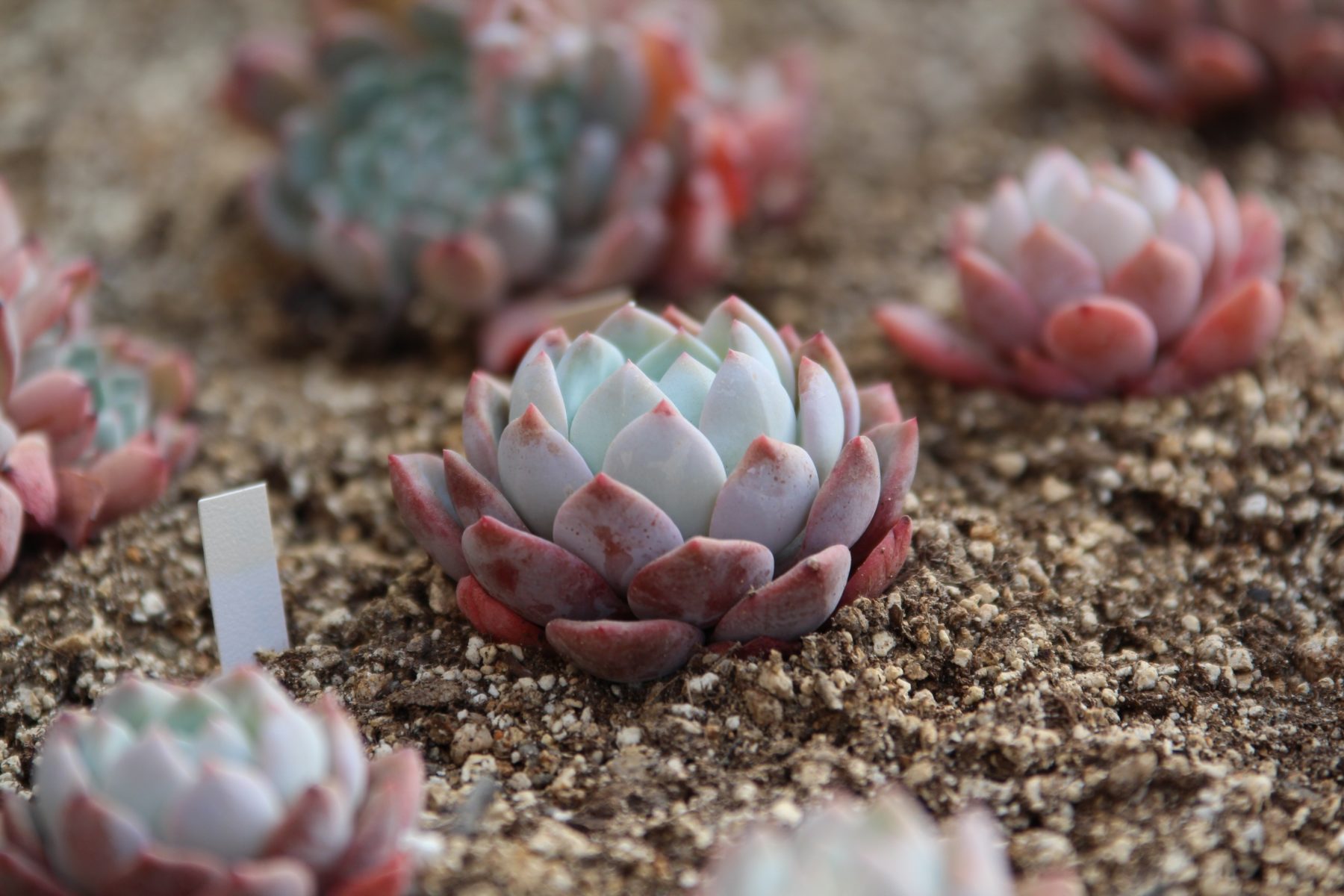Top 5 Landscaping Tips for Dry Climates
November 7, 2022

Living in an arid region means droughts are common, and lack of rainfall can make it difficult to keep up with lush, thick lawns and thirsty flora. Fortunately, there are plenty of options for creating beautiful landscapes that don’t depend on frequent rainfall or watering. Below are five landscaping tips for dry climates to help you make the most out of your property with as little water as possible.
1. Stock Up on Mulch & Use It Wisely
If you live in an arid climate, mulch is your best friend all year round. Not only does mulch create a clean and well-maintained aesthetic, but it also acts as a barrier to help retain moisture in the soil below. If you live in an especially dry area, adding a four-inch layer of mulch to your flower and garden beds can reduce your water requirements by half – or even more, in some cases. Use high-quality mulch, and for the best possible results, lay down a thick layer immediately after putting your plants in the ground.
2. Raised Beds are a Phenomenal Alternative
In very dry climates, the ground can act like a sponge. When rain falls, or when you water plants with their root systems directly in the ground, that water spreads out instead of staying close to the root systems of your plants. To combat this, consider planting in raised beds, instead. Opting for a raised bed helps to ensure that rainfall or irrigation stays right where you want it – near the plants’ roots.
3. Don’t Underestimate the Beauty of Rocks, Stones, and Pebbles
From crushed stone to boulders, rocks can help you build a stunningly beautiful landscape that is perfect for desert-like climates. You can use boulders to terrace your property or to create landscaping features that you want to be able to see from a distance. You can also use them as statement pieces near your driveway entrance, use them to retain rich soil, or place them throughout your property to add some visual appeal to your garden spaces. Crushed stone is perfect for creating dog runs, walkways, and more, but be careful using it as a replacement for mulch. It retains a lot of heat, which can be harmful to certain types of plants.
4. Invest in Drought-Tolerant Plants
Drought-resistant and drought-tolerant mean two different things, so it’s important to understand the difference. A drought-tolerant plant is one that will thrive in arid conditions for its entire life, but a drought-resistant plant is one that will survive a short-term drought. As such, if your climate is desert-like, you should opt for plants that are labeled as drought-tolerant. Some fantastic options include many varieties of succulents, beautiful beardtongue, artemisia, ornamental fountain grass, lavender, and more.
5. Keep Up with Your Weeding Schedule
While weeding your gardens is important for aesthetics, it’s also important for your plants’ survival in places where there is little rainfall or humidity. Weeds are notorious for sucking up the rainfall or irrigation that your gardens do receive, and they also latch onto the already limited nutrients in the sandy soil. Sticking to a strict weeding schedule ensures that the plants you want on your property have the best possible chance at survival.
If you live in a dry climate, maintaining a lawn of thick, lush grass can be problematic. Despite this, there are several things you can do to create a beautiful landscape. Use rocks and boulders to create visual appeal, plant succulents and other species that are drought-tolerant rather than drought-resistant and invest in plenty of good-quality mulch to use all throughout the year. With these tips, you can have the visually striking landscape you desire without the need for excessive watering. If you’ve got questions about equipping your dry climate project with the right kind of landscaping, give United Companies a call and we’ll be happy to help!

